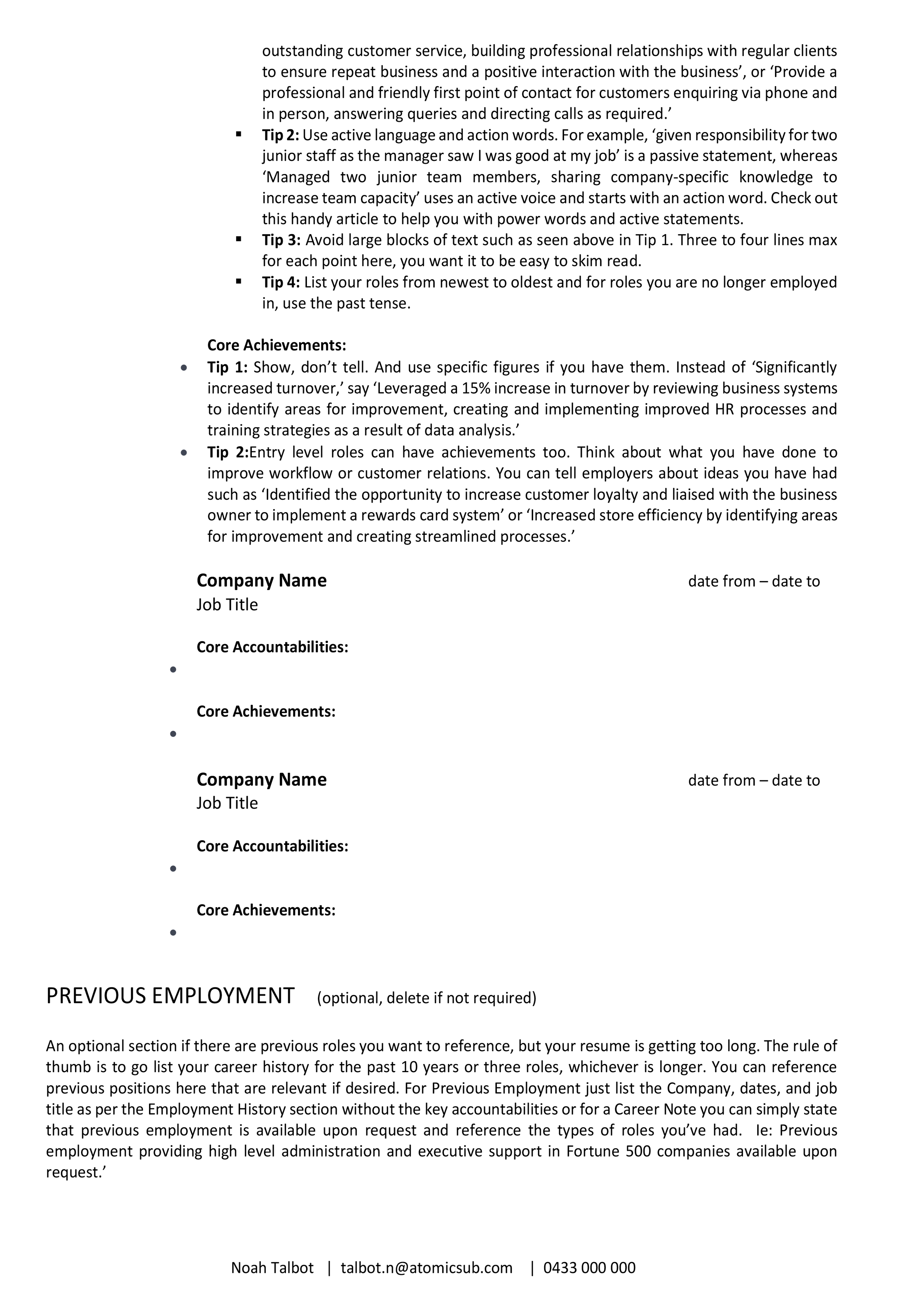Sole Survivor of the Banka Island Massacre
Order of Australia | MBE | Florence Nightingale Medal | Royal Red Cross (ARRC)
A determined woman who did not let anything stand in her way, Vivian Bullwinkel joined the Australian Army Nursing Service and shipped out to Singapore after being rejected by the RAAF for having flat feet. Assigned to the 2/13th Australian General Hospital in Malaysia a few weeks after landing in Singapore, it was not until 1942 when Japanese forces advanced on Johor Bahru where she was stationed that she would return to Singapore. Unfortunately, the city-state of Singapore was taken by Axis forces shortly afterwards and, along with 65 other nurses and several hundred enlisted men and civilian women and children, Bullwinkel escaped on the SS Vyner Brooke. The relative safety of the ship was shortlived, however, with Japanese aircraft sinking the ship two days later.
Twenty-one nurses and a small contingent of the soldiers, women and children made it to shore on Banka Island along with Bullwinkel that day; the others drowned having gone down with the ship or been swept away. Joined the next day by English soldiers from a previously sunken ship, the group of about 100 men, women and children decided to surrender to the Japanese as prisoners of war. Sending the women and children to walk to the nearby town of Muntok after an officer had left to contact the Japanese there, Matron Irene Drummond, had unwittingly saved many civilian lives with that one decision.
“We certainly hadn’t had any other training before we went to war … but we just went along and learned how to stay alive.”
When Japanese soldiers arrived to find the enlisted men and women left on Radji Beach waiting to surrender, they separated the men and massacred them with bayonets. Soldiers then ordered the women into the ocean where they then slaughtered the nurses with machine gun fire from behind. Later known as the Banka Island Massacre, after the cessation of fighting Bullwinkel told the War Crimes Board in Toyko “I was towards the end of the line and the bullet that hit me struck me at the waist and just went straight through… The force of the bullet knocked me over into the water where I stayed for a few seconds and then being more or less too frightened to get up again I stayed lying there and the waves washed me back to the sand where I remained lying for another 10 minutes. All was quiet and then I got up. The Japanese had all disappeared.”
After hiding for 12 days after the massacre, Bullwinkel was taken into captivity as a PoW by the Japanese. For three and a half years, Sister Bullwinkel worked tirelessly with 31 other Australian Army nurses to provide care to the sick and wounded without medical supplies or sanitary contitions. During this time she disguised her injuries and never spoke of what took place on Radji Beach for fear of execution as a witness to the attrocities.
In evidence recently presented by biographer Barbara Angell, historian Lynette Silver and broadcaster Tess Lawrence, it came to light that Sister Vivian Bullwinkel and “most of” the nurses ordered into the water on Radji Beach were sexually assaulted before they were brutally executed. It was also discovered that Bullwinkel was put under a gag order by the Australian Government to prevent her from speaking about the rapes during her evidence at the 1946 Tokyo War Crimes Tribunal.
Appointed the first female trustee of the Australian War Memorial in Canberra, the legacy of this phenomenal heroine lives on with the Vivian Bullwinkel Wing at Perth’s Hollywood Private Hospital being renamed in her honor, the chairs in palliative care nursing in both Monash University and Eastern Health in Melbourne being named for her and the RAAF Association’s aged care facility being named Vivian Bullwinkel Lodge. Furthermore, after serving as the Director of Nursing at Fairfield Hospital for a significant part of her career, the Fairfield campus of TAFE have named the common room located in the old nurses quarters after her. Posthumously inducted into the Victorian Honour Roll of Women, before her death at the age of 84 aftere suffering a heart attacke, the Sole Survivor of the Banka Island Massacre returned to Banka Island in 1992 to unveil a shrine to the nurses who had not survived the war.






